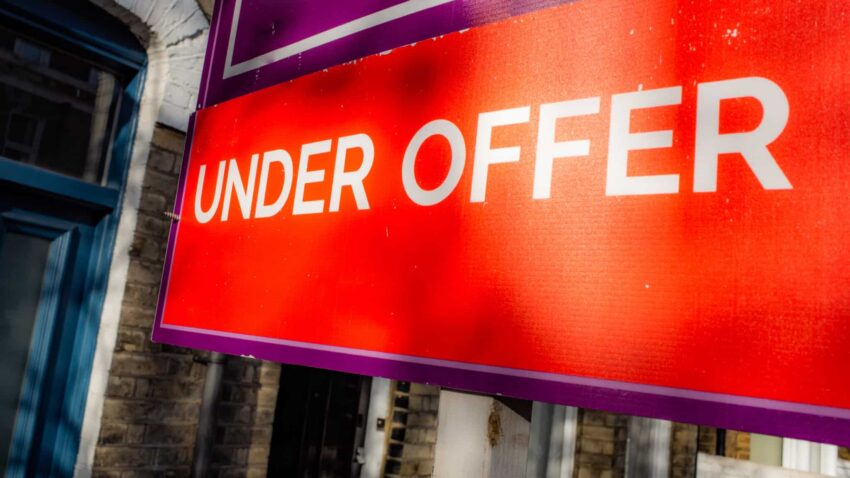The property market cooled in April, but house prices are still growing at a near-record pace.
Property prices rose by 8.9 per cent in the year to April, the Office for National Statistics said. This was down from 9.9 per cent in March, which was the biggest rise since 2007.
The ONS said that the index was likely to have been skewed by the government’s stamp duty relief, which was due to expire on March 31 but was extended for an additional three months. “As the tax breaks were originally due to conclude at the end of March 2021, it is likely that this inflated March’s average house prices as buyers rushed to ensure their house purchases were scheduled to complete ahead of this deadline,” it said.
The property market has enjoyed a stellar year of growth, even though the broader economy suffered a record drop in output. A surge in demand for bigger homes away from cities fuelled the market, as did the chancellor’s decision to cut stamp duty on the first £500,000 of a property’s value.
Interest from buyers started to cool at the start of the year as the original deadline approached but the decision to extend the relief has boosted demand once more.
Jamie Durham, an economist at PWC, said: “These figures appear to confirm the market remains hot, notwithstanding that the housing market was effectively closed in April last year, which makes comparisons difficult to read too much into. We expect that these forces will continue to support price growth over the coming months.”
The average price of a home was £268,000. Durham said that prices would rise by between 5 per cent and 7 per cent on average this year, still significantly above recent years, and could rise by up to 4 per cent next year.
The ONS said: “UK average house prices fell on the month in April, ending 11 consecutive months of growth. House prices continued to increase when compared with last year, with London once again showing the lowest annual growth . . . most apparent within inner London boroughs.”
Growth was driven by the northeast and the northwest of England, where house prices rose by 16.9 per cent and 11.8 per cent, respectively. London lagged with growth of 3.3 per cent.
Jeremy Leaf, a former chairman of the Royal Institute of Chartered Surveyors, said: “Our experiences tell us that market activity is set to continue at similar levels at least for the next few months, although increasing sales instructions will result in some price softening rather than a correction.”
